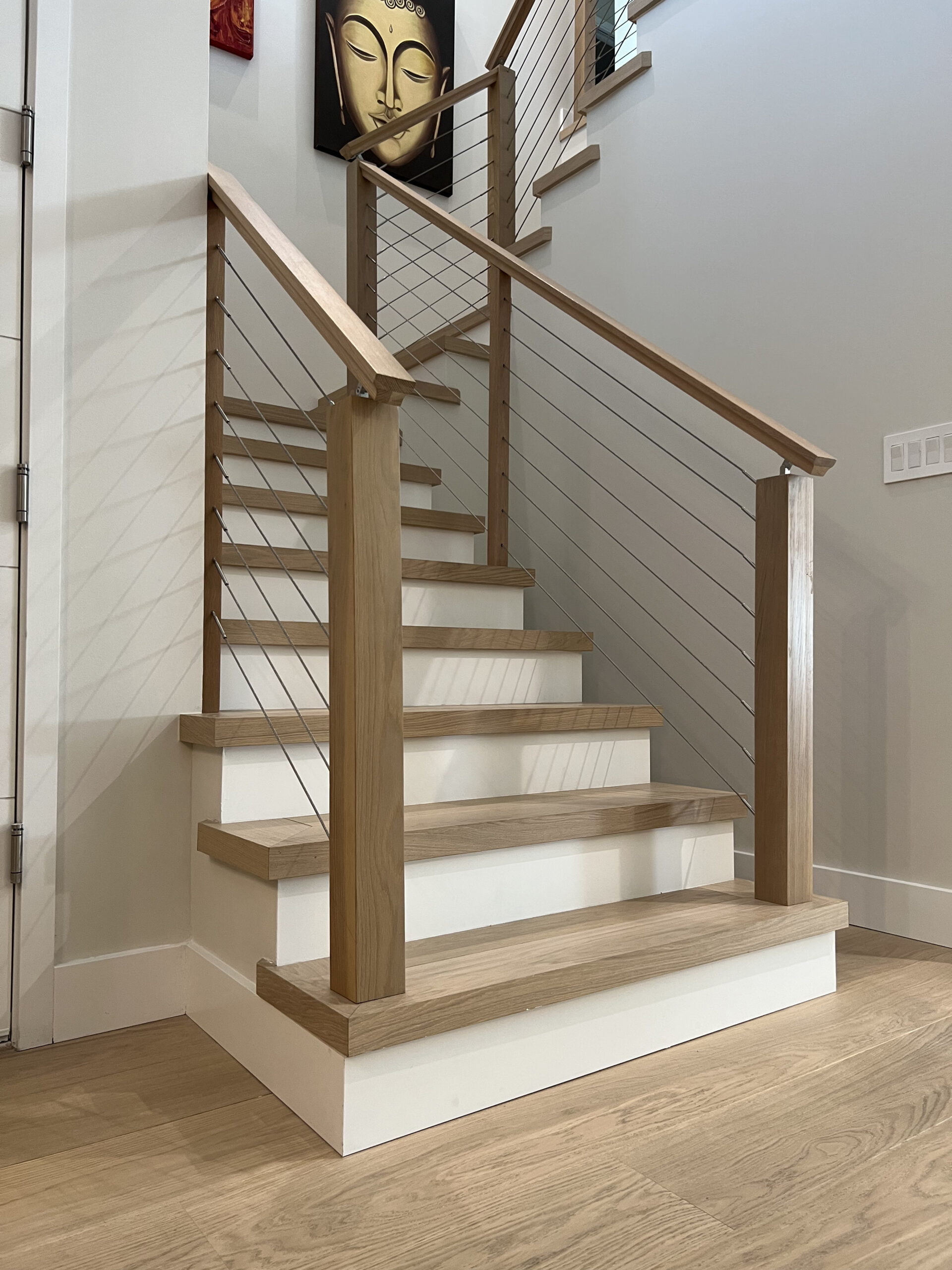Start with a Clear Plan
That is to say, every successful staircase installation begins with proper planning. The first step is to determine the type of staircase that fits your space and needs. Should you go with a traditional straight staircase or something more modern like a spiral or cantilevered design? Your choice should account for the layout of your home, your budget, and the safety of users.
Meanwhile, ensure your staircase complies with local building codes. Many municipalities have strict regulations regarding staircase dimensions, tread depth, riser height, and railing requirements. For reference, check with the National Building Codes website to learn more about compliance rules. A well-thought-out plan will guide the entire process and help you avoid costly mistakes.
Safety First: Essential Considerations
Most importantly, safety should always take precedence during a staircase installation. This is especially critical for households with children, elderly residents, or pets. Consider incorporating these essential safety features:
- Non-slip treads to prevent slipping accidents.
- Proper railing installation for secure handholding.
- Evenly spaced risers and treads for uniformity and comfort.
- Well-lit staircases using LED lights or staircase edge lighting.
Moreover, proper fastening and durable materials are key to stability. Wooden staircases, for example, must be sealed to prevent warping over time, while steel designs need to be rust-proof and securely anchored.
Style Meets Functionality
On the other hand, style is equally important in creating a staircase that complements your home’s interior. Selecting the right design, color tones, and materials can make your staircase an attractive centerpiece. For instance:
- Choose glass railings for a sleek, contemporary look.
- Use natural wood for a warm, rustic appeal.
- Add decorative wrought iron balusters for a classic touch.
- Consider two-tone designs for a modern twist on traditional styles.
Similarly, utilizing creative designs like floating staircases or spiral staircases can add a touch of sophistication to your home. In the same vein, blending style with practical layout ensures a liveable, elegant result.
DIY vs. Professional Installation
However, while some aspects of staircase installation can be completed by experienced DIY enthusiasts, it’s often safer and more efficient to hire a professional. For example, structural assessment, material selection, and intricate design alignments require the expertise of a seasoned installer.
If you plan on taking the DIY route, ensure you have the correct tools and knowledge to complete the job properly. Watching detailed tutorials on platforms like Houzz can provide valuable insights. In conclusion, leaving complex tasks such as installation to a professional is a worthy investment that guarantees safety and quality results.
Maintaining Your Staircase
After that, maintaining your newly installed staircase is essential to ensure it remains safe and visually appealing for years to come. Dust and clean the stairs regularly to maintain their condition. In addition, inspect the staircase periodically to check for loose handrails, damaged treads, or worn-out materials that might compromise its safety. Proactive maintenance will save you from costly repairs in the future.
